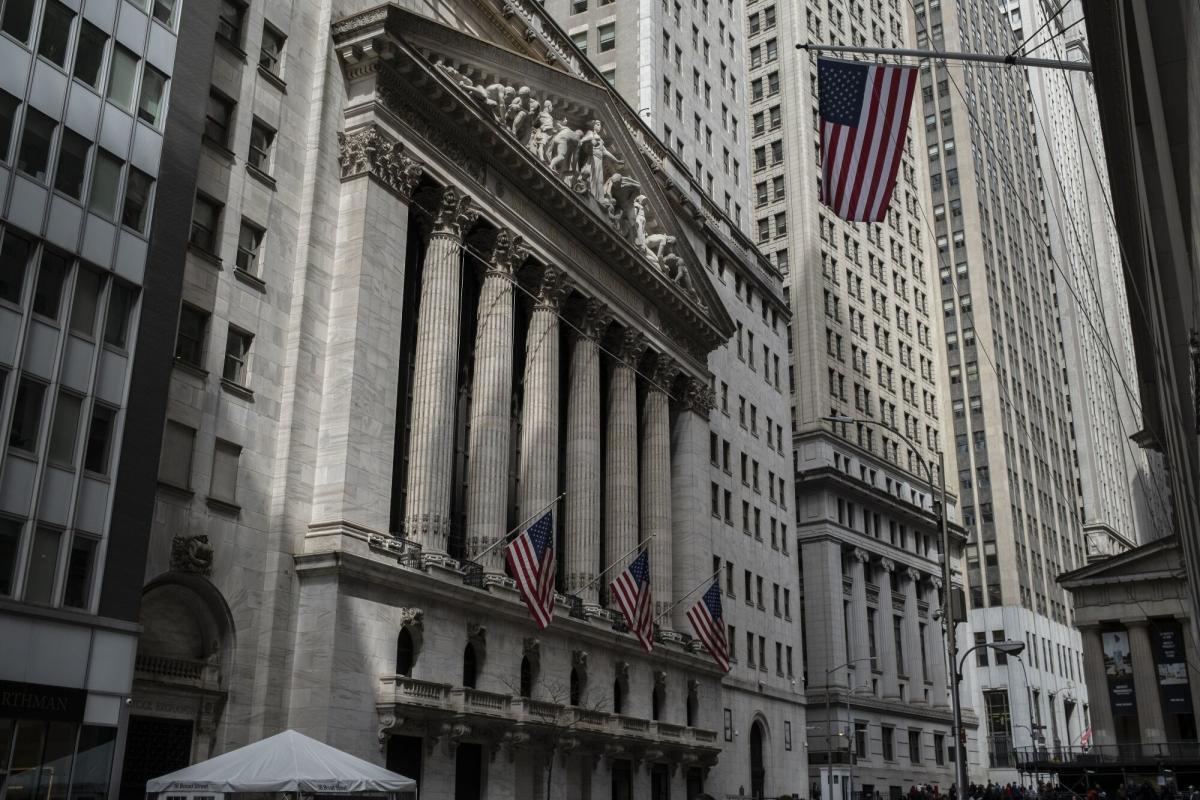Stock Markets
Wells Fargo warns of 10% correction in S&P 500

Wells Fargo (NYSE:WFC) head of strategy Chris Harvey said he expects the S&P 500 to correct 10% in the next three to six months, bringing it to about 3,700 points, close to its November lows. Wells Fargo maintained its year-end target for the index at 4,200 points.
The reason for this decline in the stock market is the worsening economic conditions as a result of the Fed rate hike, the potential capital and liquidity problems caused by the banking crisis, the increasing dependence of consumers on credit to maintain spending.
The so-called “economic malaise” expected by Wells Fargo even before the Silicon Valley Bank crash last month will turn into an outright recession in the second half of the year. Meanwhile, the inversion of the yield curve and consumers’ growing reliance on credit are contributing to the bank’s bearish view of the market.
The economist noted that the U.S. stock market was virtually unscathed in the first quarter of 2023, even as investors were haunted by recession fears, warnings of falling earnings and an unprecedented banking crisis.
Wells Fargo noted that the S&P 500 is up about 7 percent since the beginning of the year because of falling Treasury bond yields and anticipated monetary policy easing by the Federal Reserve.
But the market’s recent rally has begun to slow as investors prepare for a dismal reporting season and concerns about the stability of the financial system remain.
Earlier we reported that artificial intelligence stocks in China fell sharply.
Stock Markets
Suburban Propane director Logan sells $139k in shares
Stock Markets
Stock market today: S&P 500 closes lower, but posts big weekly win
Stock Markets
TD Bank promotes Laura Nitti to retail market president role

 Forex3 years ago
Forex3 years agoForex Today: the dollar is gaining strength amid gloomy sentiment at the start of the Fed’s week

 Forex3 years ago
Forex3 years agoUnbiased review of Pocket Option broker

 Forex3 years ago
Forex3 years agoDollar to pound sterling exchange rate today: Pound plummeted to its lowest since 1985

 Forex3 years ago
Forex3 years agoHow is the Australian dollar doing today?

 Cryptocurrency3 years ago
Cryptocurrency3 years agoWhat happened in the crypto market – current events today

 World3 years ago
World3 years agoWhy are modern video games an art form?

 Commodities3 years ago
Commodities3 years agoCopper continues to fall in price on expectations of lower demand in China

 Economy3 years ago
Economy3 years agoCrude oil tankers double in price due to EU anti-Russian sanctions





















